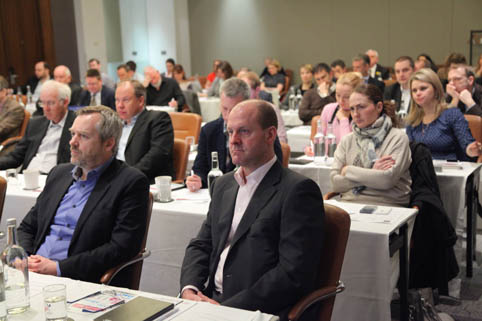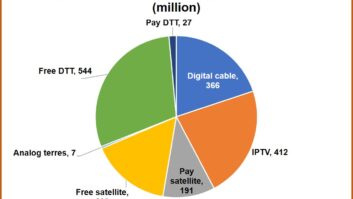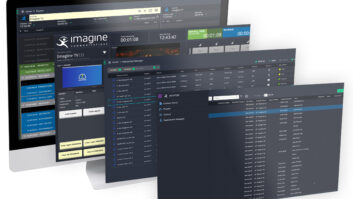
SES has announced that it has increased its reach in 2014 to 312 million TV homes worldwide and touches 1.1 billion people worldwide with its services. This represents an increase of 7 per cent compared to the previous year.
SES’ annual market research, including the detailed Satellite Monitor studies in Europe, shows that the growth is coming from emerging markets of Africa, Asia Pacific and Latin America, where SES reaches 7 million, 44 million and 24 million homes respectively. In Europe, the household reach has increased to 154 million, and in North America to 84 million.
The direct reach from the SES fleet to satellites TV homes grew from 106 million in 2013 to 125 million worldwide in 2014. While the reach in cable slightly decreased (- 3 per cent), the number of IPTV homes fed from SES satellites increased by 21 per cent to 38 million. These figures confirm satellite’s continuous increase in reach and its leading role as a broadcasting infrastructure.
The SES Satellite Monitor results also illustrate the important role of satellite as an infrastructure and of SES in Europe. Satellite remains the most widespread mode of TV reception in this region, now reaching over 90 million homes directly. With over 64 million SES satellite homes, SES is serving the vast majority of these homes. Europe therefore remains the strongest SES market in terms of direct reach. Germany remains the largest DTH market for SES, with 18 million homes reached by ASTRA, while France remains by far the biggest IPTV market – with now almost 11 million homes, of which 9 million are indirectly served by ASTRA.
The reach figures have also confirmed the HD expansion in Europe, with 47 million satellite homes watching HD in 2014, compared to 38 million the previous year. Of these, 77 per cent of the European satellites homes are watching HD from SES satellites. At the end of 2014, SES transmitted more than 6,500 TV channels, over 1,800 of them in HD globally.
“The results of SES’ annual market research and Satellite Monitor studies confirm SES’ leading role as a TV broadcasting infrastructure,” said Ferdinand Kayser, chief commercial officer of SES. “We are continuously investing to better serve the broadcasting industry, especially in the emerging markets. As an example, SES-9, scheduled to be launched this year, will expand SES’ capabilities to provide DTH broadcasting in Northeast Asia, South Asia and Indonesia. On the other hand, the results show that the African market is full of opportunities, and we will continue to develop our services to support TV operators and help them grow new audiences. Of course, we also keep our eyes on mature markets such as North America and Europe, where SES will play a key role in Next Generation Video.”
Photo: Attendees at the SES Satellite Monitor 2015 event held yesterday







